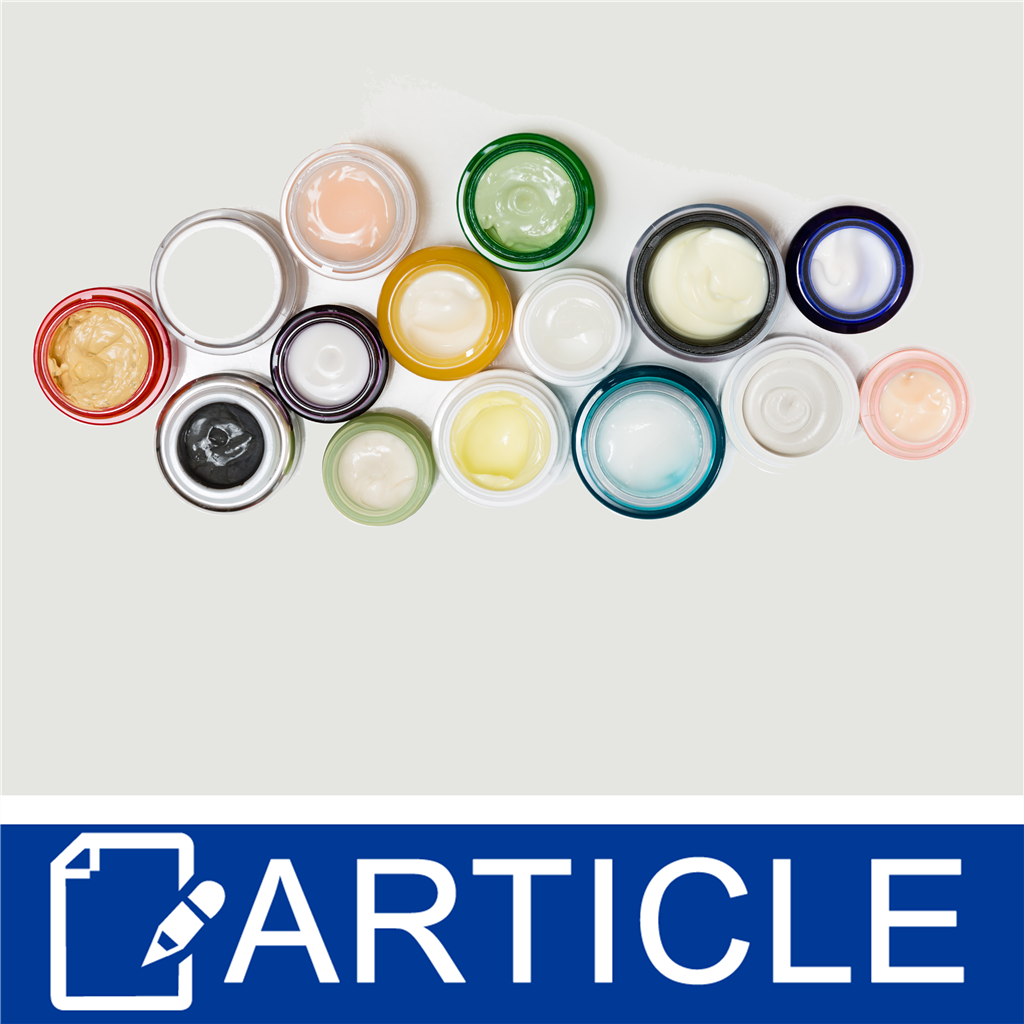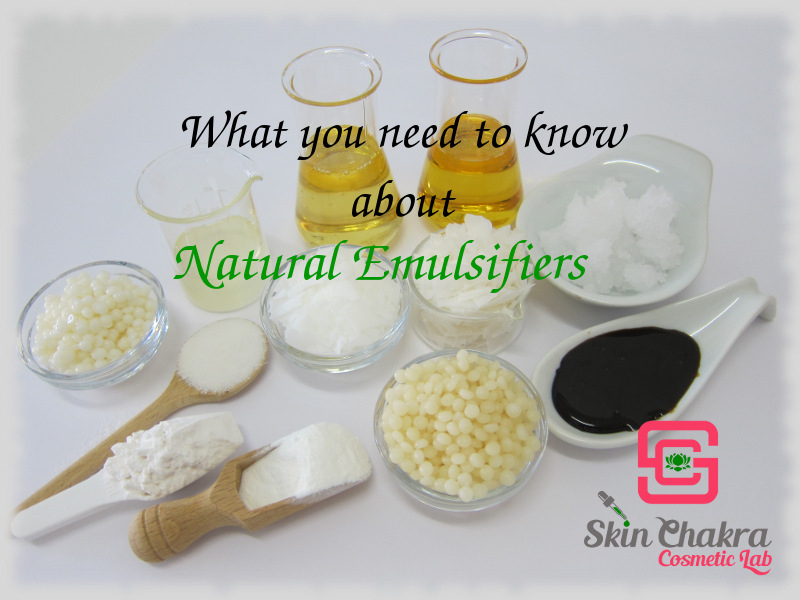ChatGPT said: Common emulsifiers found in your pantry
The Necessary Benefits of Emulsifiers for Smooth and Secure Combinations
Emulsifiers are important in creating smooth and secure mixes across different industries. They minimize surface area stress between immiscible fluids, bring about improved appearance and total sensory experiences. In food and cosmetics, their role extends beyond simple mixing; they likewise boost rack life and item honesty. Comprehending the kinds and applications of emulsifiers reveals their significance in formulation procedures. The nuances of their efficiency warrant further expedition.
Understanding Emulsifiers: The Science Behind the Blend
Although emulsifiers are typically overlooked in everyday food preparation and food production, they play an important function in stabilizing blends that would otherwise separate. Emulsifiers are substances that minimize surface area tension in between two immiscible fluids, such as oil and water. They possess both hydrophilic (water-attracting) and hydrophobic (water-repelling) buildings, allowing them to interact with both stages. This unique particular enables emulsifiers to form a secure user interface, stopping the splitting up of fats and fluids.
Typical instances of emulsifiers include lecithin, typically originated from soybeans or eggs, and mono- and diglycerides. These substances develop a consistent structure in items like mayonnaise, salad dressings, and sauces. The scientific research behind emulsifiers exists in their capacity to create a secure solution, which is important for attaining desirable food quality and shelf life. Understanding the function of emulsifiers is important for food scientists and cooking experts going for constant outcomes.
Culinary Applications: Enhancing Taste and Appearance
Emulsifiers greatly improve cooking applications by boosting both flavor and texture in a range of food items (emulsifiers). They play a necessary duty in creating steady solutions, which are vital for sauces, dressings, and mayo. By making it possible for the even distribution of fats and water, emulsifiers ensure that tastes are well-blended and harmonious, boosting the overall taste experience
In baked products, emulsifiers add to a better crumb framework and boosted moisture retention, causing items that are soft and enticing. Additionally, they aid prolong service life by avoiding splitting up and maintaining freshness.
In dairy items, emulsifiers help in developing smooth textures, crucial for items like ice cream and cream cheese, where mouthfeel significantly influences customer enjoyment. On the whole, making use of emulsifiers in culinary applications not only raises taste accounts but additionally improves the sensory experience of numerous food items, making them a lot more pleasurable and appealing.

Aesthetic Uses: Producing Elegant Solutions
When formulating cosmetic items, the inclusion of emulsifiers is vital for accomplishing glamorous and smooth structures. These agents assist in the blending of water and oil phases, creating steady solutions that enhance item performance and customer experience. Emulsifiers not only boost the consistency of creams and lotions but also add to the total sensory attributes, permitting for a much more enjoyable application and really feel on the skin.
Additionally, emulsifiers play a crucial role in the effective distribution of active components, guaranteeing that they remain equally dispersed throughout the solution. This uniform distribution boosts the item's efficacy, providing targeted benefits such as hydration, anti-aging, and protection. The appropriate emulsifier can present a desired thickness, preventing splitting up and keeping item honesty over time. Ultimately, emulsifiers are indispensable in developing premium cosmetic solutions that fulfill customer expectations for deluxe and performance.
Kinds of Emulsifiers: Natural vs. Artificial
Comprehending the distinctions between natural and synthetic emulsifiers is necessary for formulators aiming to maximize cosmetic products. All-natural emulsifiers, stemmed from plant or animal resources, include active ingredients like lecithin, beeswax, and different gums. They are often favored for their skin-friendly buildings and biodegradability. In addition, they can boost the sensory profile of formulas, supplying an extra attractive structure and feel.
On the other hand, synthetic emulsifiers are chemically crafted to develop certain performances and stability. Typical instances consist of polysorbates and stearic acid. These emulsifiers generally offer remarkable performance pertaining to emulsification efficiency and shelf-life stability. They might elevate worries regarding skin level of sensitivity and ecological impact.
Inevitably, the option in between artificial and natural emulsifiers relies on the desired item qualities, formulation objectives, and consumer preferences, highlighting the relevance of comprehending their one-of-a-kind residential properties. emulsifiers.
The Duty of Emulsifiers in Food Conservation

Tips for Making Use Of Emulsifiers Effectively in Dishes and Products
When using emulsifiers in dishes and products, selecting the appropriate kind is important for achieving preferred results. Furthermore, employing correct mixing techniques can considerably improve the security of emulsified combinations. Comprehending storage space techniques and rack life ensures the longevity and effectiveness of these emulsifiers.
Picking the Right Emulsifier

Picking the proper emulsifier can substantially enhance the appearance and stability of a mixture, as the right choice depends upon the certain ingredients and desired end result. Numerous aspects affect this choice, including the kind of oils or fats, the visibility of water, and the target uniformity. Lecithin is ideal for dressings and sauces, while xanthan gum tissue functions well in gluten-free baking. Additionally, the emulsifier's compatibility with other components plays a substantial function in achieving the desired stability. It is vital weblink to consider the temperature variety of the application, as some emulsifiers do much better under particular problems. Inevitably, recognizing the attributes of each emulsifier will result in more efficient solution in recipes and products.
Proper Blending Strategies
Using efficient blending methods is essential for attaining optimal emulsification in recipes and products. It is vital to introduce emulsifiers progressively, permitting them to disperse equally throughout the blend. High-shear mixing techniques, such as utilizing an immersion or a blender mixer, can boost emulsifier performance by damaging down fat globules. Keeping a consistent temperature level during blending likewise aids in attaining a secure emulsion, as fats and fluids can mix better when heated. Additionally, including components in the correct order-- starting with the fluid stage followed by the fat stage-- makes certain also distribution. Blending ought to continue until the desired consistency is reached, avoiding over-mixing, which can lead to splitting up. Correct techniques ultimately result in smoother, a lot more steady solutions.
Storage and Life Span
The performance of emulsifiers can significantly boost the high quality of mixes, proper storage and attention to rack life are essential for preserving their efficiency. Emulsifiers must be saved in an amazing, dry environment, far from straight sunlight and wetness, which can degrade their residential or commercial properties. It is a good idea to maintain them in airtight containers to stop contamination and oxidation. Additionally, examining the expiry days and adhering to recommended storage standards can optimize their performance. Normal evaluations of structure and stability in blends can show whether the emulsifier is still working efficiently. By complying with these storage techniques, customers can assure that their emulsifiers stay powerful, resulting in constantly smooth and steady mixes in products and recipes.
Often Asked Concerns
Are Emulsifiers Safe for Individuals With Dietary Restrictions?
Emulsifiers can be secure for individuals with nutritional limitations, depending upon their source and make-up. It's crucial for those with allergies or details dietary demands to meticulously review active ingredient tags and talk to healthcare professionals.
Just How Do Emulsifiers Influence the Life Span of Products?
Emulsifiers boost the life span of products by maintaining mixes, preventing separation, and lowering wasting. Their ability to preserve uniformity aids ensure long life, inevitably protecting taste, texture, and general top quality in various food items.
Can I Make Emulsifiers in your home?
Yes, homemade emulsifiers can be developed making use of all-natural active ingredients like egg yolks, mustard, or honey. These options can assist mix oil and water, however results might differ based on the certain dish and method made use of.
What Are Usual Emulsifier Allergies to Enjoy For?
Typical emulsifier allergies consist of reactions to soy lecithin, egg yolk, and dairy-based emulsifiers. People with sensitivities may experience symptoms like hives, stomach distress, or breathing problems upon exposure to these components in different food.
How Do Emulsifiers Influence Nutritional Worth?
Emulsifiers can influence nutritional value by boosting nutrient absorption and bioavailability - emulsifiers. Excessive usage could lead to nutrient loss or imbalance, potentially affecting health and wellness results, specifically in processed foods where they are common.
Emulsifiers substantially enhance culinary applications by boosting both Recommended Reading flavor and texture in a selection of food items. In dairy products, emulsifiers help in producing smooth appearances, essential for items like ice cream and cream cheese, where mouthfeel significantly influences consumer pleasure. In the domain name of food conservation, emulsifiers play a considerable function in maintaining the quality and shelf-life of various items. In items like salad dressings and sauces, emulsifiers assist to keep structure and flavor stability over time, guaranteeing that the food stays appealing to consumers. Common emulsifier allergies consist of responses to soy lecithin, egg yolk, and dairy-based emulsifiers.